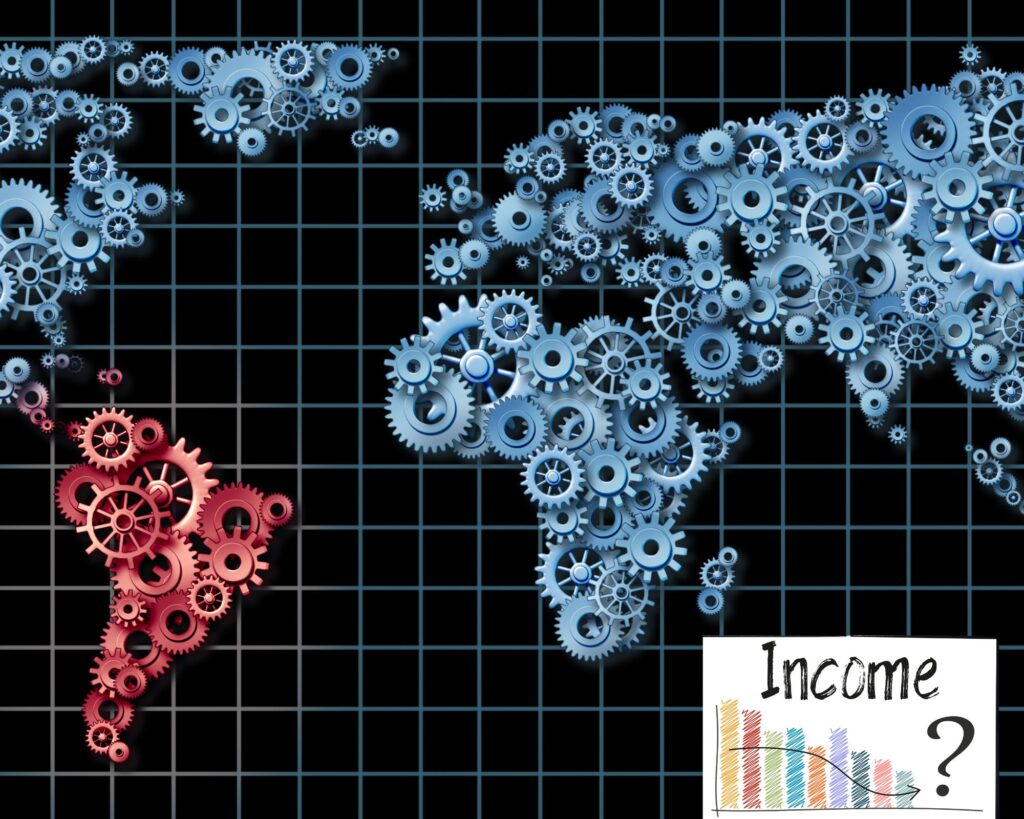
Summary:
34.5% of individuals over 65 without employment-related income or pension, creating a vulnerable and insecure financial situation. Since 2012, this coverage gap has been the largest in the series. Only 51.9% of the population receives assistance in Latin America and the Caribbean. Non-contributory pension plans can fill gaps in financial stability in old age by establishing a guaranteed level of social service. The number of working people with pensions they pay fell by 0.4 percentage points, from 47.4% to 47%. COVID-19 made it harder to reach coverage, sufficiency, and financial sustainability in pension systems.
The COVID-19 crisis has exacerbated the ILO’s warning that old age-related social protection coverage is worsening, leaving 34.5% of individuals over 65 without any employment-related income or pension, creating a vulnerable and insecure financial situation.
“The percentage of older adults without a pension or other source of income rose from 31.9% in 2019 to 34.6% in 2020 and 34.5 percent in 2021.” Since 2012, this coverage gap has been the largest in the series. The ILO Regional Office for Latin America and the Caribbean has released a new technical note.
At the regional level, 13.6% of people over 65 report only having a job, 5.1 % have both a pension and a job, and 46.8% only get a pension. Only 51.9% of the population overall receives assistance.
The “Overview of Social Protection in Latin America and the Caribbean” looks at social security trends in the area. It pays special attention to pension systems and the financial security of the elderly, which were tested during the pandemic’s social and economic crises caused by the pandemic.
According to the report, “the pandemic made clear the need for social protection systems, characterized as the set of policies and programs that offer comprehensive coverage against varied social hazards across the life cycle.” Faced with a crisis that hurts the most vulnerable, social protection is important for promoting social participation and cohesion, reducing poverty and social inequality, and bringing people together.
“It can result in poverty in old age,” it continues, “given the absence of resources, such as savings or other private sources, and the loss in the ability to create labour income at advanced ages.”
According to the study, the effectiveness of social protection systems and their difficulties are tied to a “triad of objectives”: coverage, adequacy, and sustainability.
Adequacy describes the quantity of monetary or in-kind benefits. At the same time, sustainability refers to the relative ability of an economy to cover the present and future expenditures of a social safety net. Coverage refers to the percentage of the population with effective access to system benefits.
Contributory pension systems give people a steady source of income, but the ILO says that benefits depend on age, years of contributions, or pension savings. They are frequently associated with formal sector working careers.
Between 2019 and 2021, the number of working people with pensions they pay fell by 0.4 percentage points, from 47.4% to 47%. Although there has been some economic recovery since the decline in 2020, the levels in 2021 are similar to those in 2018. The decline in 2020 constitutes a seven-year setback.
Non-contributory pension plans can fill gaps in financial stability in old life by establishing a guaranteed level of social assistance. In the area, there are 19 non-contributory pension plans.
According to an International Labor Organization (ILO) analysis, the COVID-19 epidemic made it harder to reach coverage, sufficiency, and financial sustainability in pension systems. This was because economic growth was less specific, tight budgets, and higher inflation and interest rates. Longer-term structural factors include high informality (which puts a strain on the pension system), disruptions in employment and production organization, aging populations, increased dependency ratios, and an increase in natural disasters.
